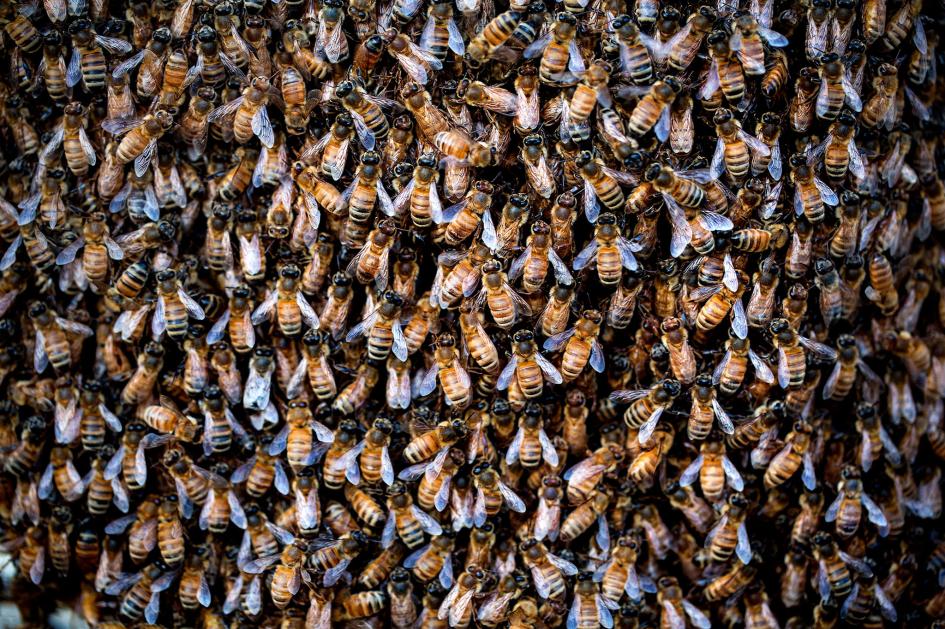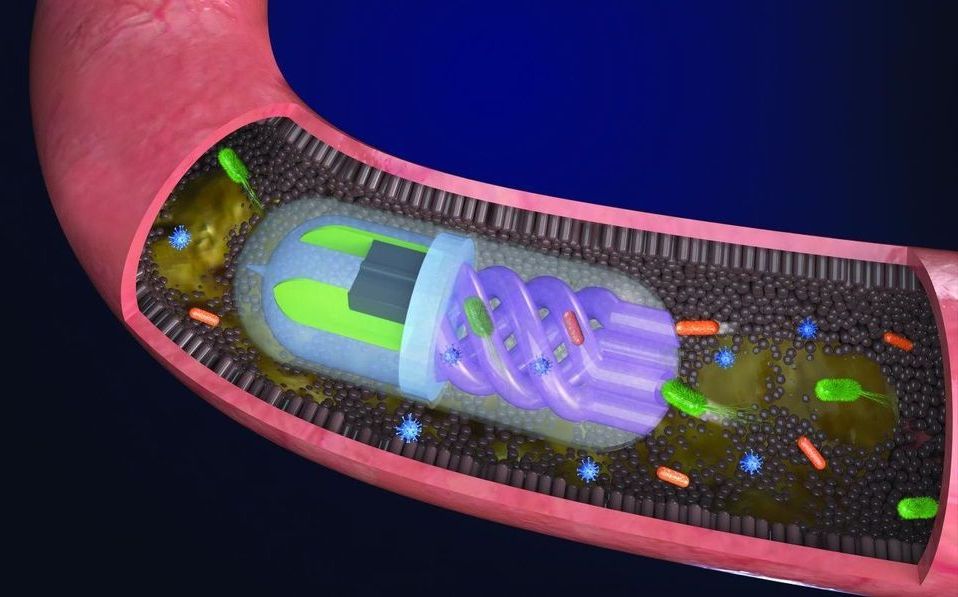Bees, butterflies, and other insects are under attack by the very plants they feed on as U.S. agriculture continues to use chemicals known to kill.



TEPIC, Mexico (Thomson Reuters Foundation) — Tequila, avocado and corn are proving their worth beyond Mexican fiesta staples as key components for a fast-growing bioplastics market, with companies transforming waste from processing food crops into products such as bags, plates and even car parts.
Bioplastics make up less than 5 percent of the millions of tonnes of plastic produced each year around the world.
But as governments and consumers fret about the damage plastic is doing to the world’s oceans, scientists are experimenting by converting materials from cactus to shrimp shells and human waste into alternative greener plastics.

Spaceport America, the world’s first purpose-built commercial spaceport standing on the sands of the New Mexico desert, is readying itself to welcome the world’s first space tourists.
And Virgin Galactic will likely be the first to fly these people into outer space. The cost of a seat on a Virgin Galactic spaceflight is $250,000 and 600 people have already paid downpayments for their trips.
Virgin Galactic on Thursday declared Spaceport America “operationally functional” and transferred all its spaceflight operations to this facility. It also revealed the interior of its “Gateway to Space” building at the spaceport.


Iron Ox has just opened its first fully automated farm in San Carlos, California. The company claims that their hydroponic system can produce 30 times the yield per acre of land comparing to traditional farms, while using 90% less water.
► Subscribe for more tech & culture videos: http://on.mash.to/subscribe ◄
MORE FROM MASHABLE
• Video — https://youtu.be/6ElleCub6uM
• Video — https://youtu.be/jAu1ZsTCA64
• Video — https://youtu.be/W8T6fYt9-tA
Best of playlist: https://on.mash.to/BestOf
MASHABLE ACROSS THE WEB
Mashable.com: http://on.mash.to/1hCcRpl
Facebook: http://on.mash.to/2lyOwmZ
Twitter: http://on.mash.to/1Udp1kz
Instagram: http://on.mash.to/1U6D40z
Mashable is for superfans. We’re not for the casually curious. Obsess with us.
Another Vertical Garden post from Amber. Read more about this topic on Garden Culture Magazine.

This is Growing Underground, it’s an underground farm founded in 2012 by Richard Ballard and Steven Dring.
The farm sits inside a WWII bomb shelter. Eight of these shelters were built across London during the war, and they were each built to house around 8,000 people.
The tunnel system is 6,500m2 and Growing Underground currently only use 1/6th of the space. The farm uses hydroponic systems and LED lighting to simulate a day and night cycle.
The process takes place entirely underground, from the sowing of the seeds to the harvesting and packaging.
____________________________________
FACEBOOK: https://www.facebook.com/techinsider
TWITTER: https://twitter.com/techinsider
INSTAGRAM: https://www.instagram.com/tech_insider/
